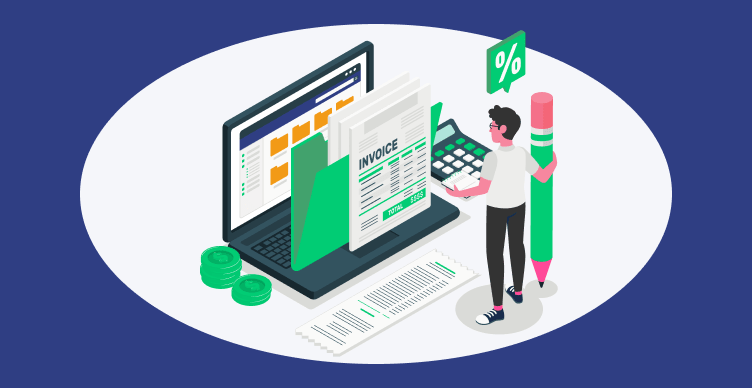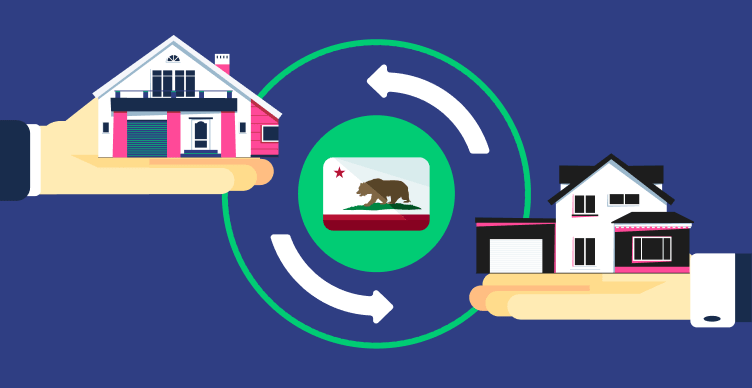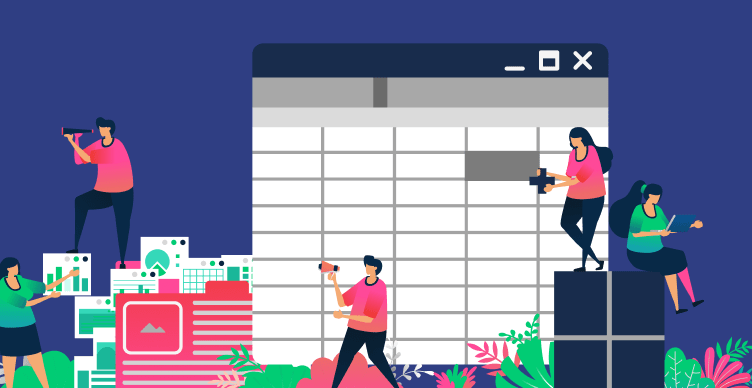Property management software has a pretty big range of prices.
You can get it for free if you’re willing to accept that you’re only going to get a few core features and not much else.
You can also pay thousands of dollars for an elaborate solution on-location.
With that said, modern cloud-based property management software tends to perform just as well for a tiny fraction of the price.
So, property management software isn’t expensive (at least it doesn’t have to be).
With that said, knowing the different pricing models that property management software companies use is important to understand how much it’s going to cost you.
Below, we’ll break down the pricing models typically used in property management software.
Plus, we’ll give some examples of property management software that uses each of these pricing models.
Lastly, we’ll cover some other fees and costs typically associated with property management software, so you’re fully educated and know what to expect before going in.
How much does property management software cost?
Property management software pricing can vary anywhere between being free to being several thousand dollars, typically depending on:
- Pricing model
- And number of units
To understand more about how much property management software costs, let’s dive into the three major pricing models.
When it comes down to it, you’ll generally see one of three different pricing models in property management software:
- Per unit, per month
- Feature-based tiers
- And per square foot, per month
Let’s break each down individually. And, later, we’ll provide some real examples and options you can go with that use each of the below pricing models:

1. Per unit, per month
The first and one of the two most popular (by far) is per unit, per month.
This pricing model charges a flat rate for each unit monthly, typically anywhere from $1-5.
Example:
Mark owns and manages 35 units. The software he uses charges $2 per unit, per month.
So, he ends up paying $2 per unit x 35 units = $70 per month.
It might be a little confusing, but the next pricing model: feature-based tier pricing, also utilizes per unit, per month as part of its pricing structure.
That makes this pricing model, or a version of it, the most commonly seen in property management software.

2. Feature-based tiers
Feature-based tier pricing can be seen as a hybrid per unit, per month model.
That’s because this pricing model uses base pricing tiers based on collections of features, typically for a set number of units such as 20.
After those initial 20 units is where per unit, per month pricing would kick in beyond the initial tier price.
The average pricing for this model can be anywhere from free to several hundred dollars, typically depending on the number of features.
Example:
Rental XYZ offers three pricing tiers, each with progressively more features:
- X tier for $100 per month
- Y tier for $200
- Z tier for $300
Each of the tiers covers up to 20 units. For every unit after the initial 20, it’s $1 per unit, per month.
Let’s say our friend Mark wants to invest in the first tier, tier X, and has 35 units.
He’ll pay the base $100 for his first 20 units, then $1 per unit thereafter on his remaining 15 units.
That would be: $100 + $1 per unit x 15 = $115 per month.

3. Per square foot, per month
Our last of the three pricing models, this one is far rarer, but is seen often in commercial property management software.
Instead of per unit, per month, this model charges a set amount monthly per X number of square feet.
Example:
Let’s go back to Mark, but this time imagine he has 50,000 square feet of commercial retail property.
The commercial property management software he’s decided to invest in charges $10 per 10,000 square feet.
At 50,000 square feet of commercial space, he’d pay $50 per month.
Other typical property management software costs
In addition to the base pricing model, most property management software options have one or more additional costs depending on the software’s structure.
Here are a few examples:
Onboarding fee
An onboarding fee is a one-time upfront cost typically ranging somewhere between $500-1000.
The purpose of the onboarding fee is in its name: it’s the initial cost to get you set up with the software which the company charges to cover the time and effort necessary to complete that setup.
It’s arguably the most common additional expense related to property management software and should be seen as a service, as for most users it’s a much better starting point than just being thrown into the software without any help from the developer.
Add-ons
Less common than onboarding fees but still super common within property management software pricing models, add-ons include additional features you can pay extra for.
Typically, those add-ons only cost a few dollars either via a one-time charge or as an add-on to your monthly payment.
Here are a few examples of add-ons you can expect to encounter, depending on the software:
- Payment procession
- Tenant screening
- Premium support
- Bank account setup
- Electronic leases
3 Property management software examples based on pricing model
Below are three great (real) property management software examples, one for each of the three pricing models we covered earlier:
1. Per unit, per month: Propertyware

Propertyware uses strictly per unit, per month pricing. However, they’re a good example of another pricing mechanic often seen in property management software: minimums.
They have a $250 monthly minimum, which can mean that if you have less than 250 units, you’re technically overpaying. Regardless, at that price, it’s not all that affordable compared to other options.
With that said, they’re a good example of a well-rounded property management tool with decent accounting features.
Features include:
- Automatic rent payments
- Good reporting tools
- Tenant portal
Propertyware pricing
Propertyware charges $1 per unit, per month and has a $250 monthly minimum.
2. Feature-based tiered: DoorLoop

DoorLoop is a great example of feature-based tiered pricing.
Their starter tier comes in at a highly affordable $59 up to 20 units and the majority of the software’s features are included. Any units after the first 20 are just $1 per month.
The pricing isn’t just on-point, though.
DoorLoop’s all-in-one property management software includes a comprehensive set of features designed to give you access to everything you need to manage your entire portfolio– from anywhere.
Features include:
- Complete accounting suite that can replace or complement QuickBooks, including multiple payment methods, bank reconciliations and syncing, custom reports, a full chart of accounts, and more
- Full Built-in CRM and tenant portal where you can collect rent, offer renters insurance, receive maintenance orders from tenants, and communicate directly with tenants from within the app
- Maintenance management system that allows you to fully streamline work orders from beginning to end, from communicating with tenants to editing work orders, and assigning and paying out vendors
- Owner portal where you can run key reports print checks
- And more, including marketing and leasing tools
DoorLoop pricing
DoorLoop’s starter tier is $59 per month for up to 20 units.
Want to see what DoorLoop can do for you? Schedule a free demo.
3. Per square foot, per month: RealPage Commercial

Our final example software, RealPage Commercial uses per square foot, per month pricing and comes in at $10 per 10,000 square foot.
They have a robust set of features designed specifically for commercial properties, including powerful lease administration tools and a common area maintenance reconciliation system.
Features include:
- Common area maintenance reconciliation
- Leasing automation tools
- Work order management
- Good reporting tools
RealPage Commercial pricing
RealPage Commercial’s Office & Retail Assets plan is $12.50 per month per 10,000 square feet, while its Industrial Assets plan is $7.30 per month per 10,000 square feet.
Which pricing model works best for you?
We hope this guide helps you not only learn how property management software is priced and how much it generally costs, but also figure out a good option for you based on your preferred pricing, features, and other elements.
There are lots of different property management options out there, but many have bloated pricing or huge minimums that make it hard to afford. Automated calculators are a great way to anticipate the costs of property management software.
However, if you shop around, you’ll find great options like DoorLoop that offer all the same great features that any property management software offers while also being highly affordable.
To learn more about what DoorLoop has to offer, schedule a free demo today!












































































































.svg)
























